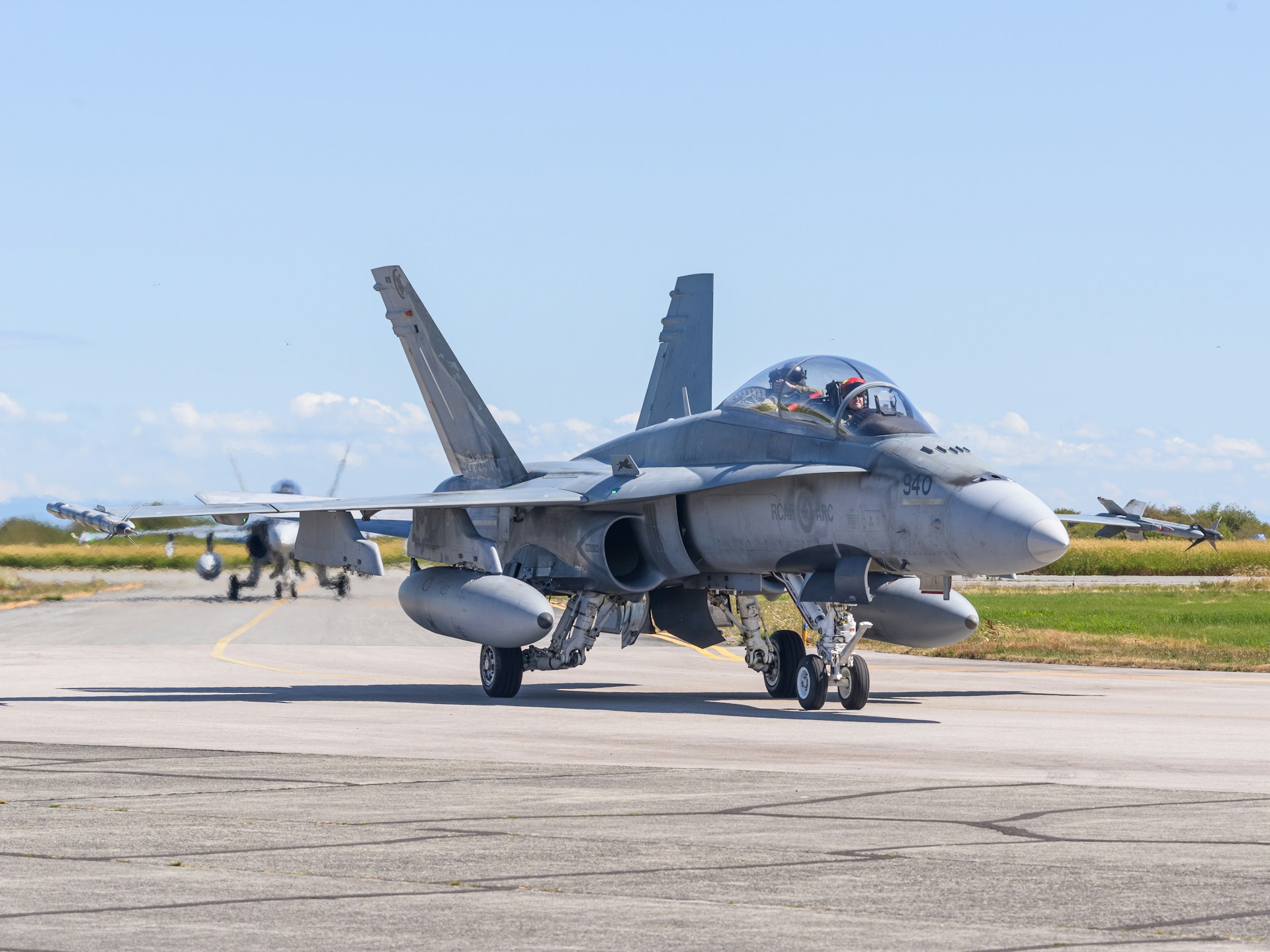Jet aircraft represent the pinnacle of modern aviation technology, embodying the epitome of speed, power, and engineering prowess. From sleek fighter jets tearing through the skies to massive commercial airliners whisking passengers across continents, these marvels of engineering have revolutionized the way we travel and conduct military operations.
At the heart of a jet aircraft lies its jet engine, a marvel of engineering that propels the aircraft forward by expelling a high-speed jet of gas. Unlike traditional piston engines, which rely on the combustion of fuel and air within the engine’s cylinders, jet engines operate on the principle of jet propulsion, where fuel is burned in a combustion chamber and the resulting high-pressure gases are expelled at high speed through a nozzle.

The development of jet engines in the mid-20th century ushered in a new era of aviation, characterized by unprecedented speed and altitude capabilities. Jet aircraft were able to fly faster, higher, and farther than ever before, shrinking the world and making air travel accessible to millions.
One of the most iconic jet aircraft is the supersonic Concorde, which could travel at speeds exceeding Mach 2, or twice the speed of sound. With its distinctive delta-wing design and sleek fuselage, the Concorde captured the imagination of the world and offered a glimpse into the future of air travel. Although the Concorde was retired from service in 2003, its legacy lives on as a symbol of human ingenuity and ambition.
In addition to commercial airliners, jet aircraft play a crucial role in military operations around the world. Fighter jets like the F-16, F-22, and F-35 are capable of incredible speed, agility, and maneuverability, allowing them to outmaneuver adversaries and dominate the skies. These advanced aircraft are equipped with cutting-edge avionics, weapons systems, and stealth technology, making them formidable assets in modern warfare.
But jet aircraft are not just limited to commercial and military applications they also play a vital role in scientific research and exploration. High-altitude reconnaissance aircraft like the U-2 and SR-71 Blackbird have been used to gather intelligence and conduct surveillance missions in some of the most remote and hostile environments on Earth. Meanwhile, experimental aircraft like the X-15 have pushed the boundaries of aerospace technology, setting numerous speed and altitude records in the process.

As we look to the future, the role of jet aircraft in shaping the course of human history is likely to continue unabated. From the development of next-generation hypersonic aircraft to the exploration of space beyond Earth’s atmosphere, the possibilities are limitless. Whether soaring through the stratosphere at supersonic speeds or streaking across the sky in a blaze of afterburner, jet aircraft will always hold a special place in the annals of human achievement.
If you enjoyed this read, check out our other posts.














What do you think?
Show comments / Leave a comment